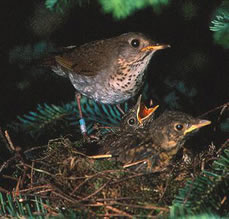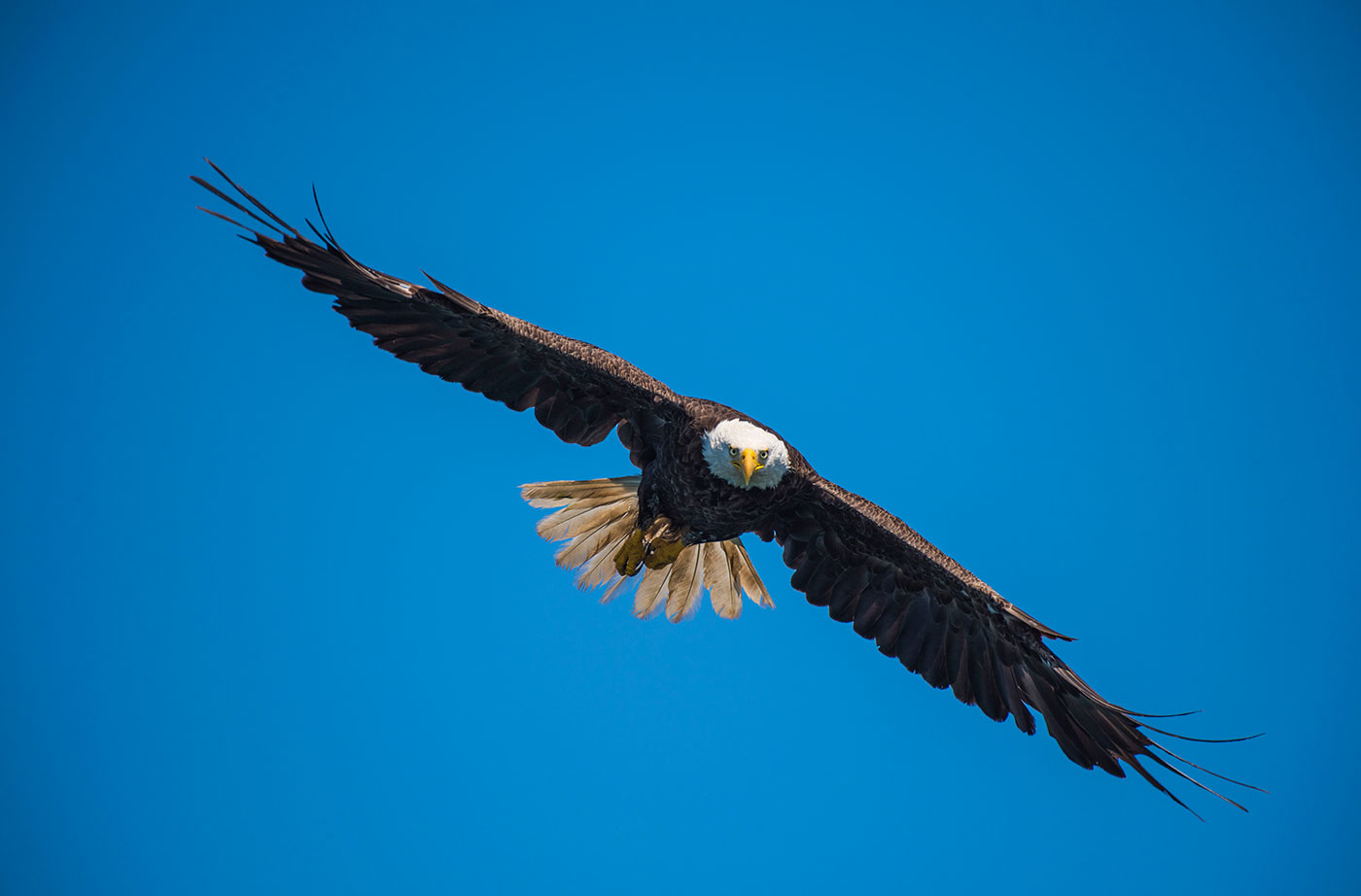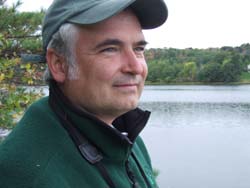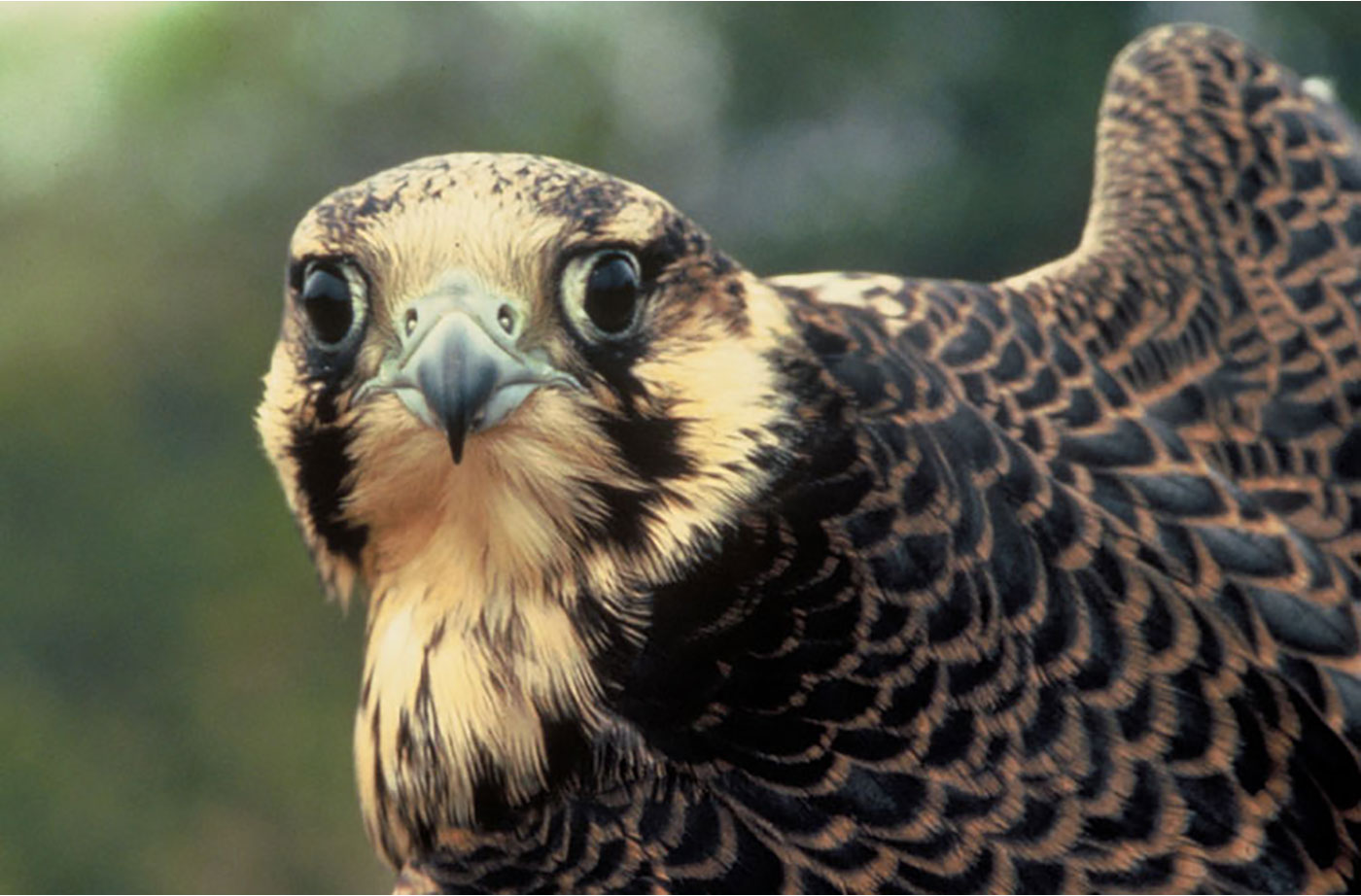by Kevin Miller Bangor Daily News news story Researchers examining the effects of mercury on wildlife found elevated levels of the neurotoxin in songbirds and bats from Maine to Virginia, prompting the study’s authors to call for more monitoring and stronger conservation measures. Researchers with the BioDiversity Research Institute, based in Gorham, and The Nature Read More
birds
Mercury and Birds
A report by the Biodiversity Research Institute (BRI), finds that mercury contamination is at levels dangerous enough to cause physiological and reproductive harm in a wide-range of songbirds and bats in the 11 northeastern states, including Maine. The report, Hidden Risk, finds that certain species and habitats are of special concern. Bicknell’s Thrush, Rusty Blackbird, Read More
Creature Feature: Bald Eagle
The Bald Eagle, also known as the American eagle since it occurs only here, is especially noticeable in winter, when eagles from the North and West move to the coast, where the climate is milder and the coastal waters are free of ice. In the winter they roost and hunt in groups, feeding in open water along large tidal rivers of the Maine coast, or perched on frozen ice in search of discards from the fishing shacks.
An Interview with Conservation Ecologist Jeff Wells
On October 16, 2008, conservation ecologist Jeffrey Wells, Ph.D., will give a multi-media presentation, “Canary in a Coal Mine: Birds, Energy, and Global Warming,” at NRCM’s Annual Meeting. Jeff, author of the acclaimed Birder’s Conservation Handbook, is senior scientist for the International Boreal Conservation Campaign and a Cornell Lab of Ornithology Visiting Fellow. His work Read More
Creature Feature: Peregrine Falcon
The peregrine, once known as the “duck hawk,” is a large falcon, the male more than 16 inches tall and the larger female measuring up to about 20 inches, with a wingspan of up to 44 inches. One of the most widespread birds in the world, the peregrine is found on all continents, with the exception of Antarctica.













